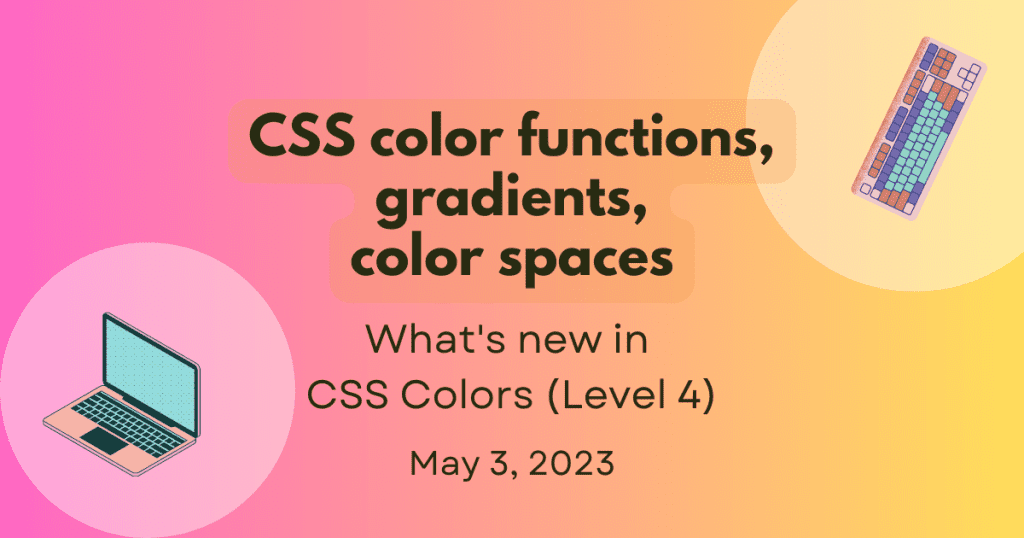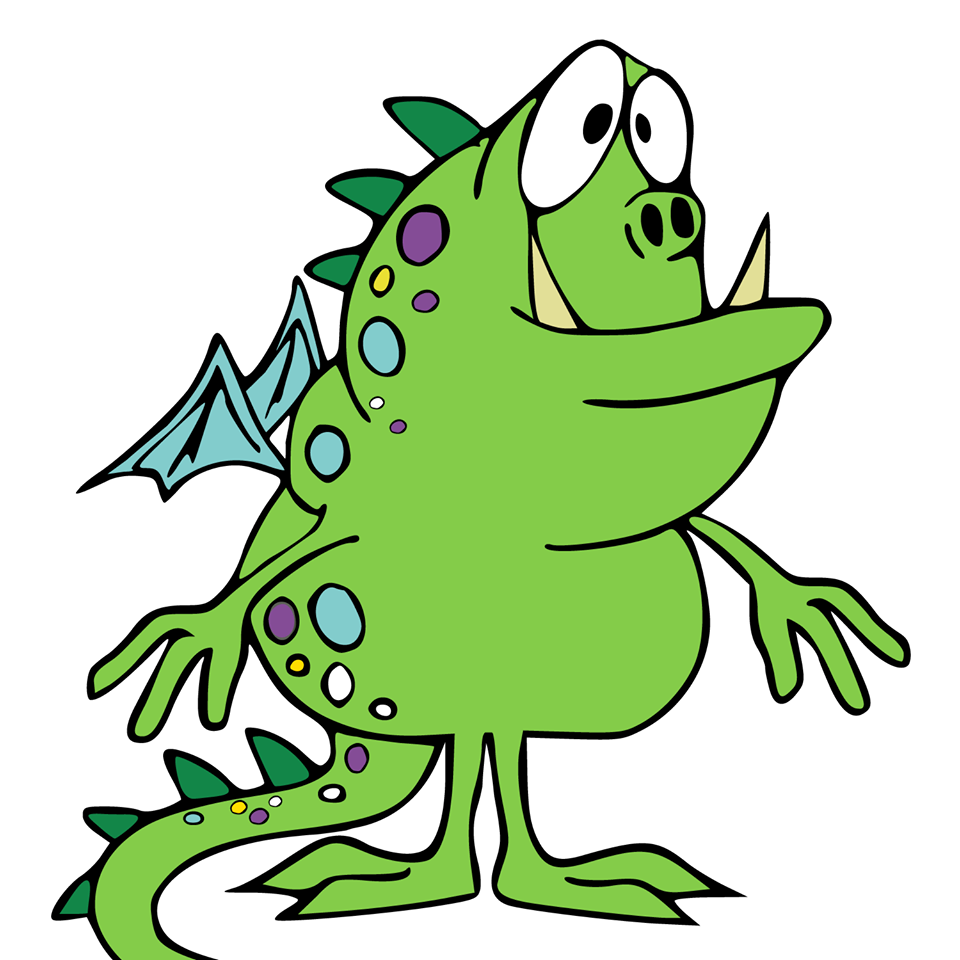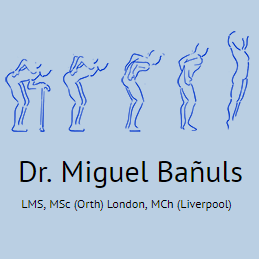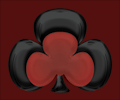CSS color functions are essential tools for web developers looking to create visually engaging content. With recent advancements in CSS, these functions include powerful options like color(), hsl(), lab(), and oklab(), each enabling designers to manipulate colors with precision. Understanding how these functions interact with various color spaces in CSS, such as the CIELAB and Oklab color spaces, is crucial for achieving consistent and vibrant displays across devices. Additionally, exploring concepts like color gamuts and the RGB color model enhances one’s ability to select and blend colors effectively. With an enhanced grasp of CSS color functions, developers can bring their creative visions to life while optimizing user experiences across diverse platforms.
When delving into the realm of website aesthetics, one cannot overlook the significance of CSS color functionalities. These capabilities, represented by methods such as color(), hsl(), and lab(), are indispensable for achieving dynamic and appealing designs. Each method facilitates nuanced control over color perception, particularly when integrated with advanced color spaces like CIELAB and Oklab. Furthermore, an understanding of color gamuts and the RGB model enriches the developer’s toolkit, paving the way for more innovative applications. By utilizing these color tools adeptly, web professionals can elevate the visual impact of their projects, making them both distinctive and user-friendly.
The Introduction to Color Functions in CSS
In the evolving landscape of web design, understanding color is more vital than ever. Fortunately, I’ve had the chance to edit numerous entries for the CSS-Tricks Almanac, specifically focusing on the new and exciting color functions introduced in CSS. We’ve initiated the publication of several guides, highlighting various functions like color(), hsl(), and lab(), among others. As I dove into this project, I realized my previous knowledge about color in CSS was quite limited—primarily sticking with the traditional rgb() notation. This endeavor has transformed into a delightful learning journey for me.
As I explored different color concepts to keep pace with the new information, I found the glossary of terms surrounding color utterly extensive. From ‘color spaces’ to ‘color models’ and everything in between, the domain of color in CSS can be quite bewildering. With each new function like contrast-color() or color-mix(), the complexity only seems to grow. That’s why I decided to create a glossary that would serve as a helpful reference—not just for my own needs but for anyone grappling with these colorful complications.
Understanding the Essence of Color
To truly grasp the intricacies of color, we first need to comprehend what color really represents. Color is not merely a trait of objects; it exists through the interplay of light and perception. When light enters our eyes, our brains interpret this input as color, emphasizing that light waves are the precursors to our perception. Elle Stone encapsulates this idea perfectly: “Light waves are out there in the world, but color happens in the interaction between light waves and the eye, brain, and mind.” Although color isn’t a tangible object, we strive to replicate it accurately in our digital creations.
In an age where visual representations hold significant weight, capturing the essence of a color from a physical object to a digital screen is crucial. Imagine photographing a radiant bouquet of flowers. We want the hues displayed on our devices to match the vibrant reality seen in front of us. However, as we delve deeper, we find that the ‘real’ perception of color is subjective and can vary significantly from one viewer to another. This deeper understanding leads us to concepts like light wavelengths and how they resonate with our unique perceptions.
Introduction to Color Spaces
Now that we’ve established a foundation of what color is, let’s talk about color spaces. A color space is essentially a three-dimensional mapping of all visible colors into a coordinate system. The CIEXYZ Color Space serves as a significant reference point within these discussions as it encompasses all colors perceptible by the average human eye. It simplifies how we understand color by mapping it in a way that requires only three values to represent any specific color accurately.
With this concept in mind, we need to dive into the RGB color spaces, which are paramount in digital design. RGB stands for red, green, and blue—by adjusting the intensity of these colors, we can produce an array of hues. Each color’s essence and perception can be somewhat subjective, leading to confusion. Luckily, by utilizing the CIEXYZ color space, we can redefine what we consider ‘red,’ ‘green,’ and ‘blue,’ anchoring our understanding in something more universally applicable.
Differentiating Color Models and Color Gamuts
As I navigated through these color fundamentals, distinguishing between color models and color gamuts became crucial. While both terms are intertwined with color spaces, they refer to unique aspects of color representation. A color model is essentially a mathematical depiction of color using numerical sets. For instance, in the RGB color model, we can define color through its red, green, and blue components. However, these values alone become meaningful only when linked with a color space.
Conversely, a color gamut indicates the range of colors a specific color space can depict. An older monitor, for example, may have a limited color gamut, unable to reproduce the full array of colors available within a set color space. Thus, when discussing color capabilities, saying a certain color space contains a broader gamut makes more sense than implying it has merely more colors. Understanding these distinctions enhances our ability to work effectively with colors in web design.
Exploring CIELAB and Oklab Color Spaces
The exploration of color wouldn’t be complete without discussing two crucial advanced spaces: CIELAB and Oklab. Established in 1976, CIELAB was developed to encompass all colors visible to human eyes, utilizing three coordinates for defining color. Its strength lies in its perceptual uniformity, ensuring that variations in color are perceived consistently across different viewers. This uniformity allows designers like us to create visually appealing gradients and nuanced color selections more reliably.
Following in its footsteps, the Oklab color space utilizes enhanced coordinates to achieve even better perceptual uniformity. As we engage with modern screens that deliver deeper colors, these advanced color spaces become indispensable. I’ve found myself relying on Oklab frequently, as it simplifies the process of maintaining consistency and accuracy in color representation while achieving a striking visual impact.
The Utility of Color Functions in CSS
In recent updates to CSS color usage, various functions and spaces have emerged to help designers. The only traditional space was sRGB, allowing color specification via hexadecimal, named colors, and the various functions from rgb() to hsl(). However, now we have advanced functionality with colors like CIELAB and Oklab through their respective functions. For instance, we can utilize lab() for Cartesian coordinates and lch() for polar coordinates—adding flexibility to our design palette.
Moreover, innovations such as color() and color-mix() enable vast creative possibilites by allowing us to explore new spaces like display-p3 or rec2020. As a result, whether you prefer the classic sRGB or want to venture into the colorful realms of modern spaces, CSS now caters to a wide spectrum of design needs—enhancing both aesthetic quality and user experience.
Color Functions: A Quick Overview
When considering the myriad of color functions available in CSS, it’s essential to grasp how they enhance our design toolkit. Each color space has a unique set of functions tailored for its specific needs, facilitating seamless work with colors. From the traditional sRGB methods to advanced CIELAB and Oklab techniques, there are various options at our disposal.
From a practical standpoint, using functions like rgb(), rgba(), and hsl() allows for creative freedom while maintaining compatibility with standard practices. This versatility can be incredibly beneficial, whether you’re designing a minimalist website or crafting a colorful digital artwork. Adapting to these color functions ensures that you remain at the forefront of design trends, fully utilizing the capabilities CSS has to offer.
Conclusion: Understanding Color in CSS
To wrap things up, our comprehensive exploration of color spaces, models, gamuts, and functions reveals the rich tapestry of color in CSS. The delineation between color spaces and models helps clarify the complexities, allowing us to design and implement colors more effectively. And understanding color gamuts ties it all together, especially when considering the physical limitations of devices.
Ultimately, knowing how to navigate these concepts not only enriches our projects but also equips us with the necessary tools to communicate color effectively. As technology continues to evolve, embracing advanced color functions ensures that we can lead the way in dynamic, colorful web design that resonates with users, making every visual element pop with clarity and definition.
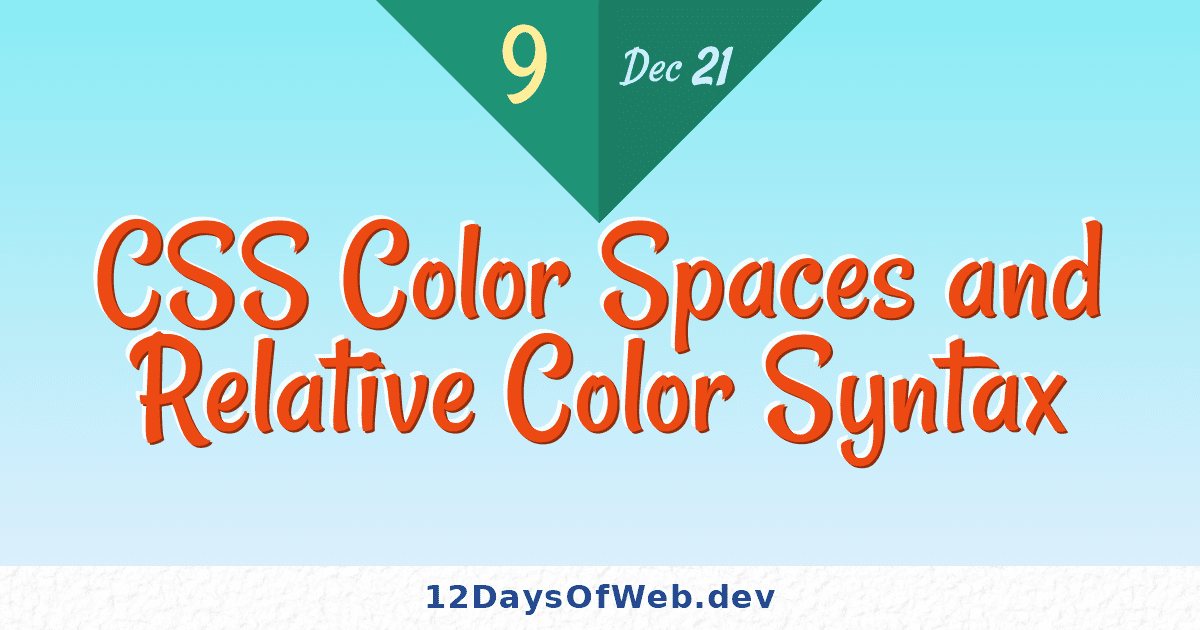
Conclusion
In conclusion, the exploration of color in CSS has unveiled a fascinating interplay between perception, technology, and design. As we navigate our understanding of color spaces, models, and gamuts, it becomes evident that the intricate details of color representation are essential for modern web development. The introduction of advanced color functions like color() and color-mix() allows for greater flexibility and creativity in digital designs, ensuring that developers can work effectively with a wider palette of colors.
To summarize the key points:
– Color spaces define the mapping of visible colors into a coordinate system, with sRGB, CIELAB, and Oklab being the primary spaces in CSS.
– Color models represent colors mathematically, but need to be linked with a color space to convey an exact color.
– Color gamuts reflect the range of colors a color space can represent, and may vary due to physical limitations of devices.
With these tools and concepts at our disposal, designers can confidently utilize color in their projects, pushing the boundaries of what’s possible in digital visual expression.
Final Thoughts
As we immerse ourselves deeper into the world of CSS colors, it’s clear that knowledge is paramount. Understanding the intricate relationships between color spaces, models, and their respective functions not only enhances our technical skills but also enriches our overall aesthetic judgment. The journey into CSS color is ongoing, filled with new discoveries and practices that innovate how we visualize the digital world.
Reflecting on this journey, it’s important to note:
– Color is not merely a property of objects; it is a subjective experience shaped by various factors.
– CSS color functions provide powerful tools for artists and developers alike to manipulate color in novel and creative ways.
– Engaging with these concepts can improve our capacity to communicate effectively through color, creating designs that resonate and evoke emotion.
These insights arm us with the confidence to experiment and make impactful color choices in our web projects, ultimately leading to richer user experiences.

